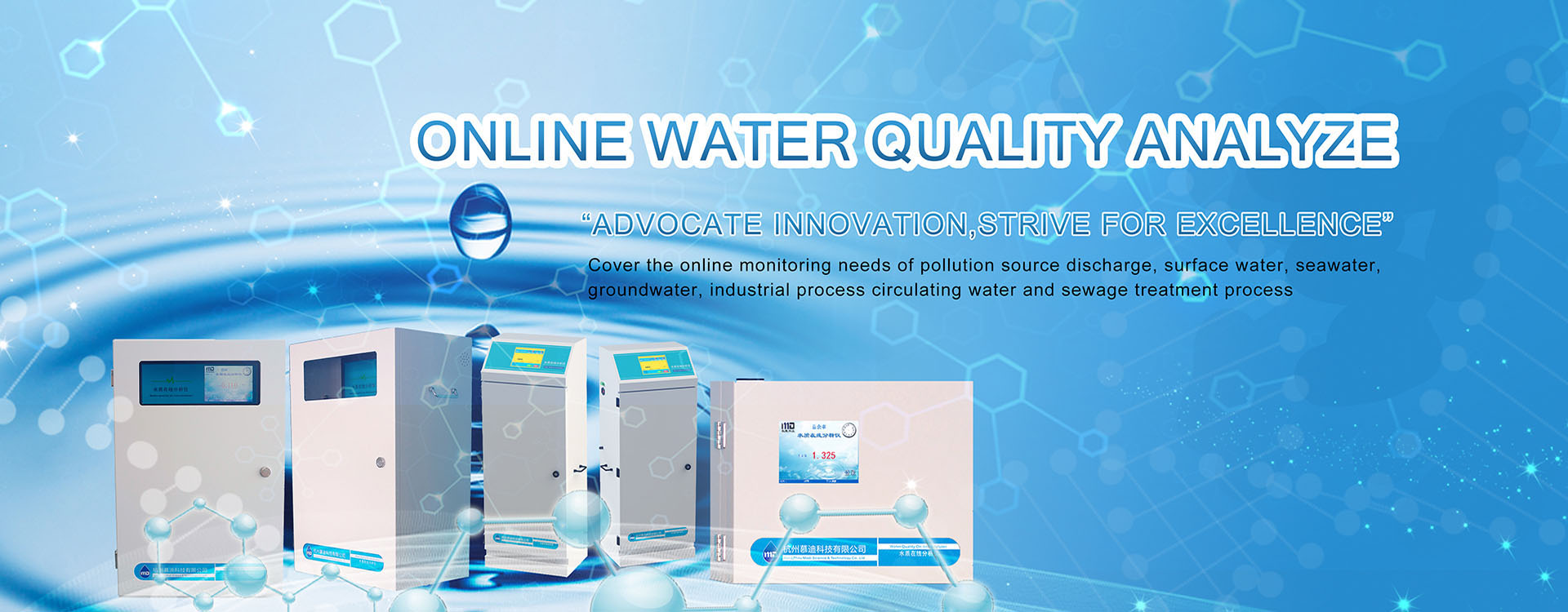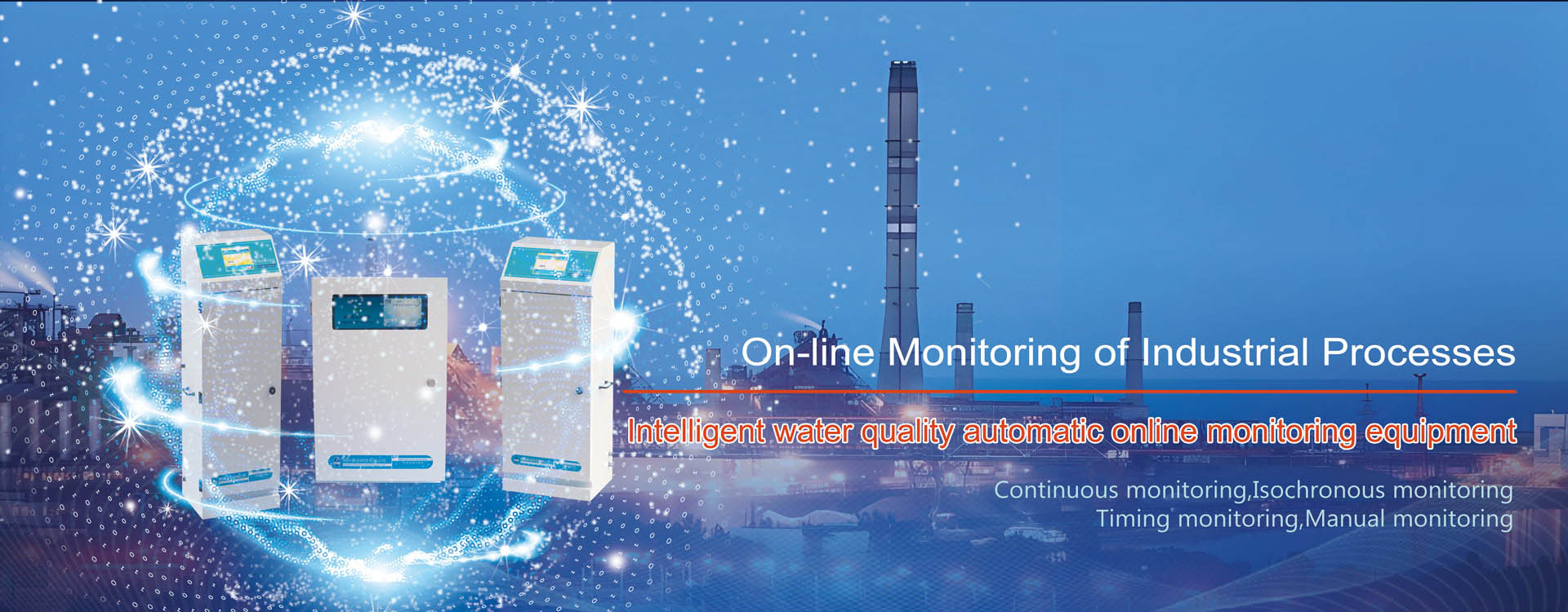In fact, to put it simply, the (Total Organic Carbon) TOC online analyzer is an important indicator for evaluating whether water bodies are polluted by organic matter. TOC represents the total amount of organic matter contained in water bodies and can directly reflect the degree of organic pollution of water bodies. Then why is it said that the TOC analyzer has to be “admired”? You’ll understand it after you get to know it!
The measurement of TOC has been widely applied in fields such as oceans, rivers, and lakes. Additionally, it is also an important parameter for quality control in places like drinking water, surface water, and industrial water. The instruments for detecting TOC can be classified into several detection methods based on different principles, such as conductivity method, gas chromatography, and non-dispersive infrared (NDIR) colorimetric method, etc. The TOC-8000 – total organic carbon online analyzer produced by Hangzhou Moody uses one of the above methods, the non-dispersive infrared (NDIR) colorimetric method. The working principle is that the pre-treated water is injected into the ultraviolet digestion device by an injection pump. The inorganic carbon, which is converted into carbon dioxide through the action of strong acid, is discharged from the gas or liquid separator. At this point, the total organic carbon in the water sample will undergo an oxidation reaction with the strong oxidant in the reagent, converting its TOC into carbon dioxide gas. Then, the overload gas will carry the carbon dioxide gas into the condenser. After the carbon dioxide gas is condensed in the condenser and the carbon dioxide gas is filtered out, it is very likely to have solid particles and interfering substances present. At this time, it will be sent to the non-dispersive infrared NDIR gas measurement chamber for photoelectric signal detection. The NDIR output signal is closely related to the total organic carbon and the concentration of carbon dioxide gas in the water to be measured. At this point, as long as the measurement of this signal is conducted, the content of TOC in the water can be detected.
TOC (Total Organic Carbon) detection has a wide range of applications, including the detection of influent and discharged sewage in the wastewater treatment process, tap water, cooling water and other fields. It can mainly be classified into the following fields: 1) Metallurgical industry, which involves the detection of reclaimed water in circulating water systems; 2) In the environmental protection industry, the focus is on analyzing the wastewater discharge from pollution sources. 3) In the water conservancy industry, the main focus is on the detection of surface water, rivers, lakes and ponds. 4) In the power industry, monitoring of steam condensate leak detection management and high-purity water process control; 5) In terms of scientific research and education, the research and development of water treatment processes and the monitoring of some organic load in the water quality research center are carried out. 6) In the electronics industry, real-time monitoring of water in the production processes of semiconductors, integrated circuits, etc. 7) In the petrochemical industry, detection of condensate water, reclaimed water, and leak detection during the production process, etc. 8) In the municipal industry, this mainly involves real-time detection of water sources closely related to our lives, such as drinking water and tap water.




